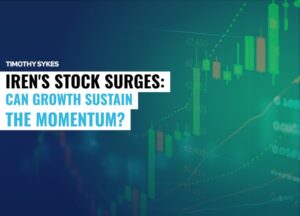Barclays economist Jonathan Millar has revised his outlook on the U.S. economy, warning that President Trump’s sweeping tariff measures have delivered an unexpectedly strong stagflationary shock. In his latest analysis, Millar emphasized that the new reciprocal tariff package now implies a trade-weighted duty rate of approximately 23%—roughly eight percentage points higher than earlier assumptions—raising the risks of both higher inflation and recession later this year.
Key Economic Forecasts
-
GDP & Growth:
Barclays now expects U.S. GDP to contract in the second half of 2025, with a slower growth baseline that reflects mounting cost pressures and a potential downturn in global trade. -
Unemployment:
The forecast anticipates that the unemployment rate will rise to 4.7% by early 2026 as companies face reduced demand and increased cost burdens. -
Inflation Outlook:
Core PCE inflation is projected to hit 3.7% year-over-year in Q4 2025—substantially above the Federal Reserve’s 2% target—and then moderate to 2.7% in Q4 2026. -
Federal Reserve Policy:
Despite the inflationary pressures, Millar expects the Fed to implement two 25 basis point rate cuts each year, even amid calls from President Trump for lower interest rates.
Market Reactions and Labor Market Data
The stagflationary shock has already rattled equity markets, with investors digesting the implications of a broader, more aggressive tariff regime. Although March labor market data showed that job gains rebounded sharply—indicating resilience in the face of rising costs—markets remain anxious about a potential recession.
Millar noted, “The rising risks of stagflation, characterized by a growth recession and squeezed profit margins, have forced us to lower our earnings expectations across the board.”
Looking Ahead
While the economic outlook is clouded by trade tensions and persistent inflation, the robust labor market offers a silver lining for now. However, as cost-push inflation and growth risks continue to mount, the potential for a deeper economic slowdown cannot be ignored.
For investors keen to delve deeper into the underlying growth trends and macroeconomic performance shaping these forecasts, detailed insights can be explored via the Financial Growth Statement Analysis endpoint.
Barclays’ revised outlook serves as a stark reminder that aggressive tariff policies can have far-reaching consequences. As the U.S. navigates this complex economic landscape, stakeholders will be closely monitoring key indicators to gauge whether the current shock will translate into a prolonged downturn.




